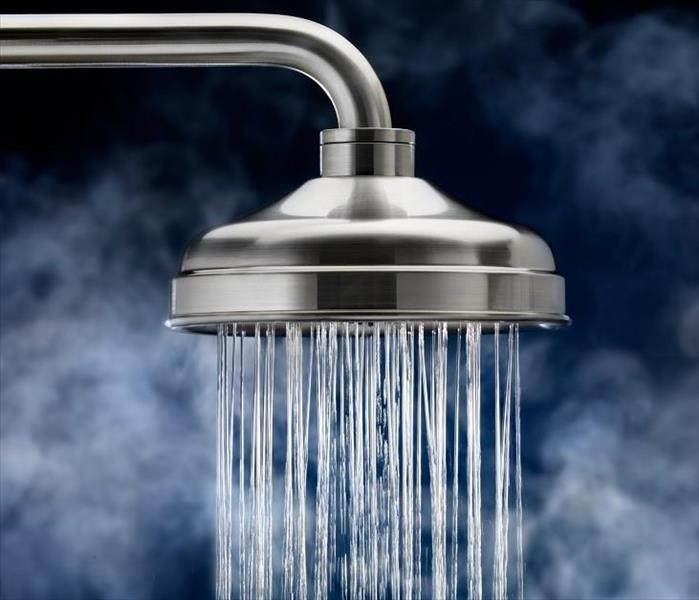Is Mold Damage Common During the Colder Months in Dublin?
1/10/2018 (Permalink)
The Different Ways Mold Can Grow During Winter Months
People often believe that mold only grows when temperatures are warmer, thinking that winter in Dublin is a “mold free” time. With nearly 100,000 different strains exhibiting different growth requirement, mold can take you by surprise. We offer strategies to correct conditions that encourage molds to multiply and have the skills and experience to remove current colonies.
A house buttoned up for the winter in Dublin ironically may provide better conditions for mold damage than the same dwelling in the summer. When windows and doors are tightly closed, your home has a harder time maintaining a balanced humidity level. The steam from cooking, showering, and laundering contributes the moisture needed for mold spores to activate and grow. Our mold remediation team employs EPA protocols to rid your home of existing mold and educated suggestions to reduce the risk of future infestations.
Another way mold takes hold during the winter relates to the level of insulation near your roof line and the condition of your gutters. If your upper interior spaces leak warm air because of inadequate insulation or missing seals along joints, any built up ice and snow in your gutters may melt, force itself under shingles, and leak into your attic or upper living spaces. The trapped slushy mixture is called an ice dam, and SERVPRO inspectors often identify the clogged problem area by noting the spectacular icicles hanging from the affected gutters and downspouts.
Water soaking into an attic may go unnoticed long enough for mold to grow, typically after 24 to 48 hours. As the water migrates downwards, the mold follows, finally becoming visible as staining or leathery or feathery colonies on ceilings or walls. SERVPRO remediation experts use moisture monitors and scanning devices to locate the dampness or hidden pockets of water feeding the mold damage.
We contain the moldy areas, using plastic sheeting and advanced technology like negative pressure air scrubbers that filter and vent the mold particle-filled air to the outside. Then SERVPRO technicians remove and bag the mold, including any porous building materials, fixtures, or personal possessions infiltrated with the fungi. The moldy debris is disposed of according to local regulations for hazardous waste.
Then the SERVPRO crew members review the various reasons mold is finding sufficient quantities of moisture, and make suggestions to reduce winter interior dampness significantly. Examples include using exhaust fans in the kitchen and bathroom, and ensuring that your clothes dryer vent is clear and exhausting to the outside. Eliminating ice dams include clearing and repairing gutters and downspouts while concurrently upgrading insulation and sealing heat leaks in your home’s upper levels.
SERVPRO of Cheshire County is your mold remediation partner every season of the year. Set up an evaluation and schedule the remediation by calling (603) 352-7251.
Click here for more on Dublin.





 24/7 Emergency Service
24/7 Emergency Service
